While creams and lotions are on offer for acne, wrinkles, and pigmentation, it's crucial to understand their limitations. When it comes to effectively removing dark spots, the next step is laser treatment. However, not all lasers are created equal, and not all skin tones are eligible. If you have hyperpigmentation and want to learn more about laser - we've got you covered. Sam Wilson, national trainer at The Cosmetic Clinic, shares everything you need to know about laser skin resurfacing, and editor Trudi Brewer shares her pigment removal journey.
Editor Trudi Brewer before, during and after three treatments of laser pigment removal.
Hyperpigmentation can affect any woman at any stage of life. It presents as dark spots or patches on the skin that look brown, black, grey, or red; multiple concerns trigger these. Top of the list is UV exposure; sun damage is public enemy number one to your complexion (a good reminder an SPF should be your number one beauty buy), to hormonal changes, such as pregnancy and menopause, acne and picking at the skin, which leads to scarring. Other factors include melasma, age spots, seborrhoeic keratosis and pigmented birthmarks. Sam Wilson, national trainer at The Cosmetic Clinic in Auckland, says, “Pigmentation problems are prevalent among New Zealand women, primarily due to our love of the sun and the country's high UV exposure rates.” She shares how laser pigment removal works and what to expect from each treatment.
Q&A
How does your laser work to remove pigmentation?
Our laser treatment targets pigmentation by heating and breaking it apart. The fragmented pigment is drawn to the skin's surface without damaging the surrounding tissue. As the pigment reaches the surface, it fades and eventually flakes off.
How does it differ from other laser treatments available in New Zealand?
We utilise dual technology with Splendor X laser, making it more powerful and effective for hair removal and pigmentation treatments.
What should you consider before booking?
Consider getting the treatment done in the cooler months; winter is ideal. Avoid active skincare and peels at least a week before treatment, and be mindful of acne medication. Regular spot checks and considering your lifestyle are also important factors.
What can you expect during the laser pigment removal?
During laser pigment removal, patients may experience mild discomfort and a sensation of heat. Redness is normal post-treatment, and slight crusting may occur in the days following the session.
What is the best home care to follow post-treatment?
Avoid the four S's: steam, sauna, sun exposure, and swimming. Keep the treated area well-moisturised, avoid harsh or active skincare products, and diligently use your aftercare products.
How long will it take to see results?
Multiple sessions are required, typically between three and six, depending on the type and depth of pigmentation being treated.
How much does it cost, and how many treatments do you need to see a result?
Pricing starts at $175 for a full-face single session, with discounted rates of $149 per session for a package of three.
What is your number one tip to follow post-laser pigment removal to prevent it from reappearing?
Sunscreen is essential. Apply consistently daily to minimise sun exposure and prevent pigmentation from reappearing.
What skin tones can have laser pigment removal?
Everyone has a different skin colouring due to their heritage and background. The Fitzpatrick skin type (or phototype) and its reaction to UV exposure. It also measures the amount of melanin (pigment) in the skin. The Fitzpatrick Scale was developed by an American dermatologist, Thomas Fitzpatrick, and it’s a universally recognised scale among skin experts that classifies skin types before performing any treatments. Lourens says the ideal laser pigment removal candidates are types one to three.
The Fitzpatrick Scale
Type 1: Very pale ivory white skin, red or blonde hair and blue, green or grey eyes.
Sun Reaction: Always burns, never tans.
Type 2: Pale, fair skin, naturally blonde, light brown hair. Eye colour: blue, green or hazel.
Sun Reaction: Usually burns, tans minimally.
Type 3: Medium skin tone to light olive. Their hair colour is blonde to dark brown. Hazel or light brow eye colour.
Sun Reaction: Sometimes burns, but often tans uniformly.
So, who can not have laser pigment removal?
Those with dark olive to black skin that rarely burns in the sun, fitting into the Fitzpatrick skin types four to six, cannot have this treatment. These darker skin tones with higher melanin levels cannot have this treatment. Laser pigmentation removal targets melanin, posing risks such as burns, hyperpigmentation (patches of skin that are lighter in colour than the rest of your complexion), and hyperpigmentation (darker patches of skin) for darker skin types.
Editor Trudi Brewer shares her laser journey
First up, this treatment is swift, which is not only appealing but also perfect for our busy lives. No numbing cream is required with this laser; you can expect to be in the clinic for around 15 minutes. Once the skin is cleansed, goggle-like glasses are placed over your eyes to protect them from the laser light. With each pass of the laser handpiece, the feeling is like a hot sting, much like a rubber band flick over the skin. Targeting pigment on my forehead, under the eye area and on the side of my face, each spot is treated to help break up the appearance of dark spots. Finally, a cooling mask is applied, followed by an SPF, and I am ready to return to the office. Within a few days of the treatment, my skin felt slightly rough, and the dark spots did appear darker, but over the next few days, that flaked off. The most impressive aspect of this treatment is watching the improvement of the skin over the next few weeks. In between pigment removal, spaced out over a month, a skin peel and healing red light help speed up the removal of the residual flaking while boosting collagen production. Laser pigment removal requires patience to see results, and winter is the perfect time to have this skin service. The improvement is worth the wait; after three treatments over three months, my skin has clarity and luminosity, which means less makeup to get an even-looking complexion. I am thrilled with the results.
Before and after three treatments
Cost: Facial laser with Splendor X at The Cosmetic Clinic costs $175 per treatment.


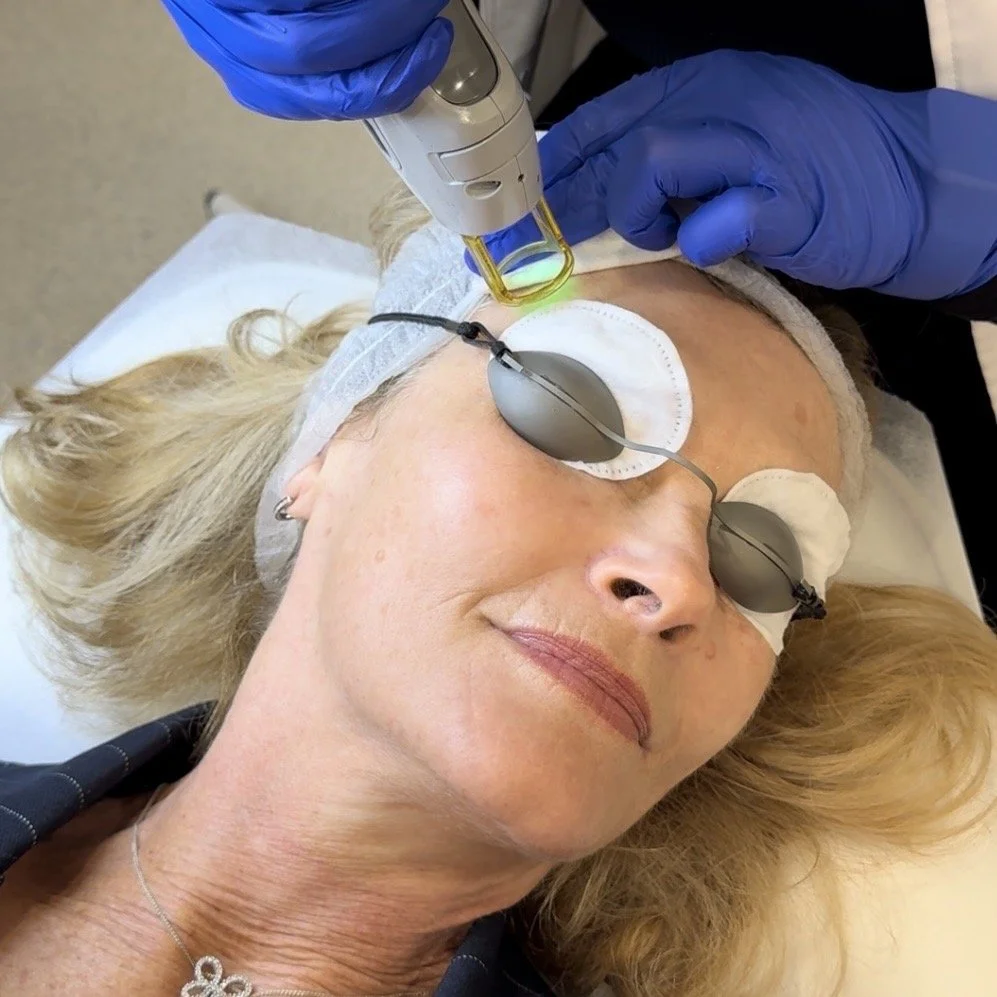
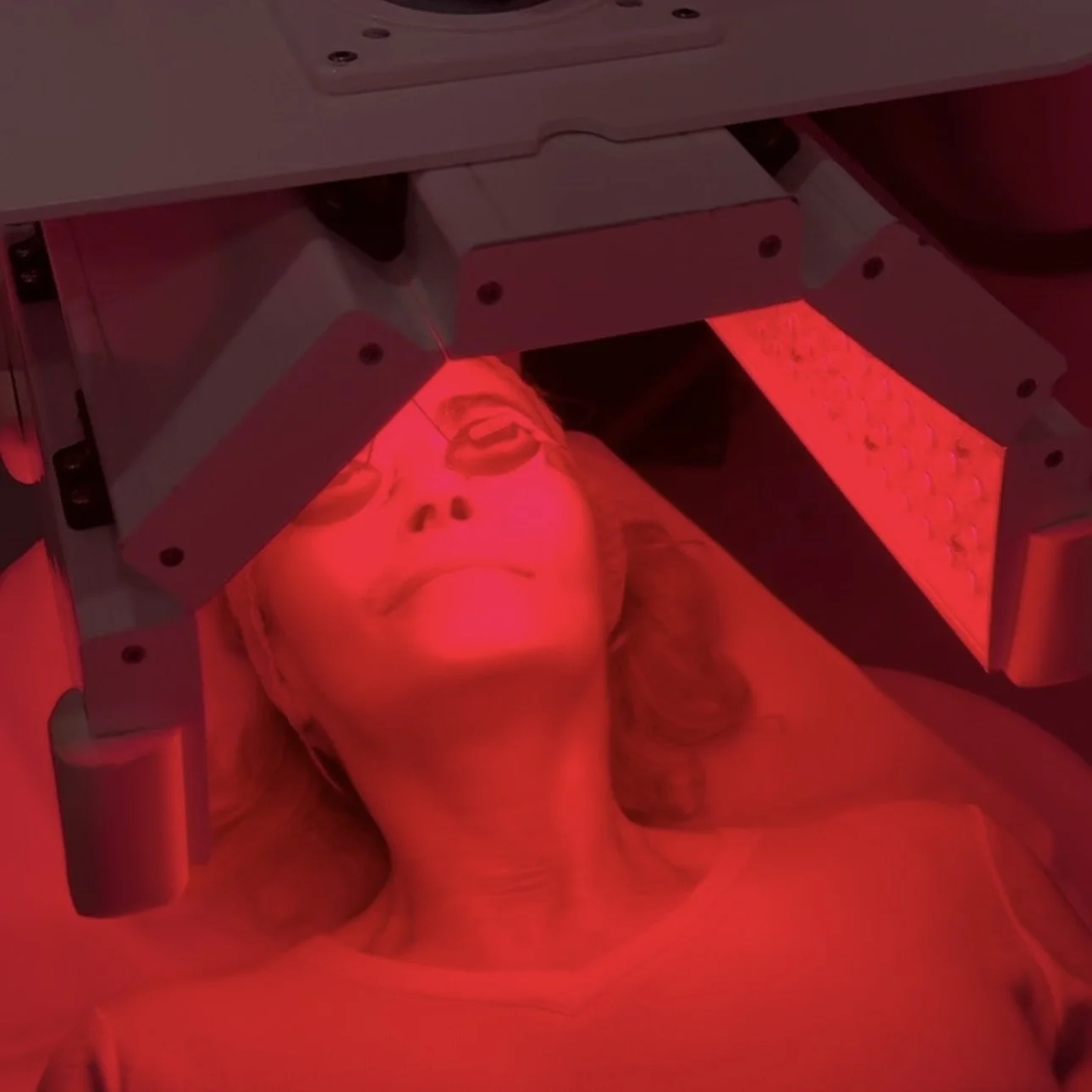


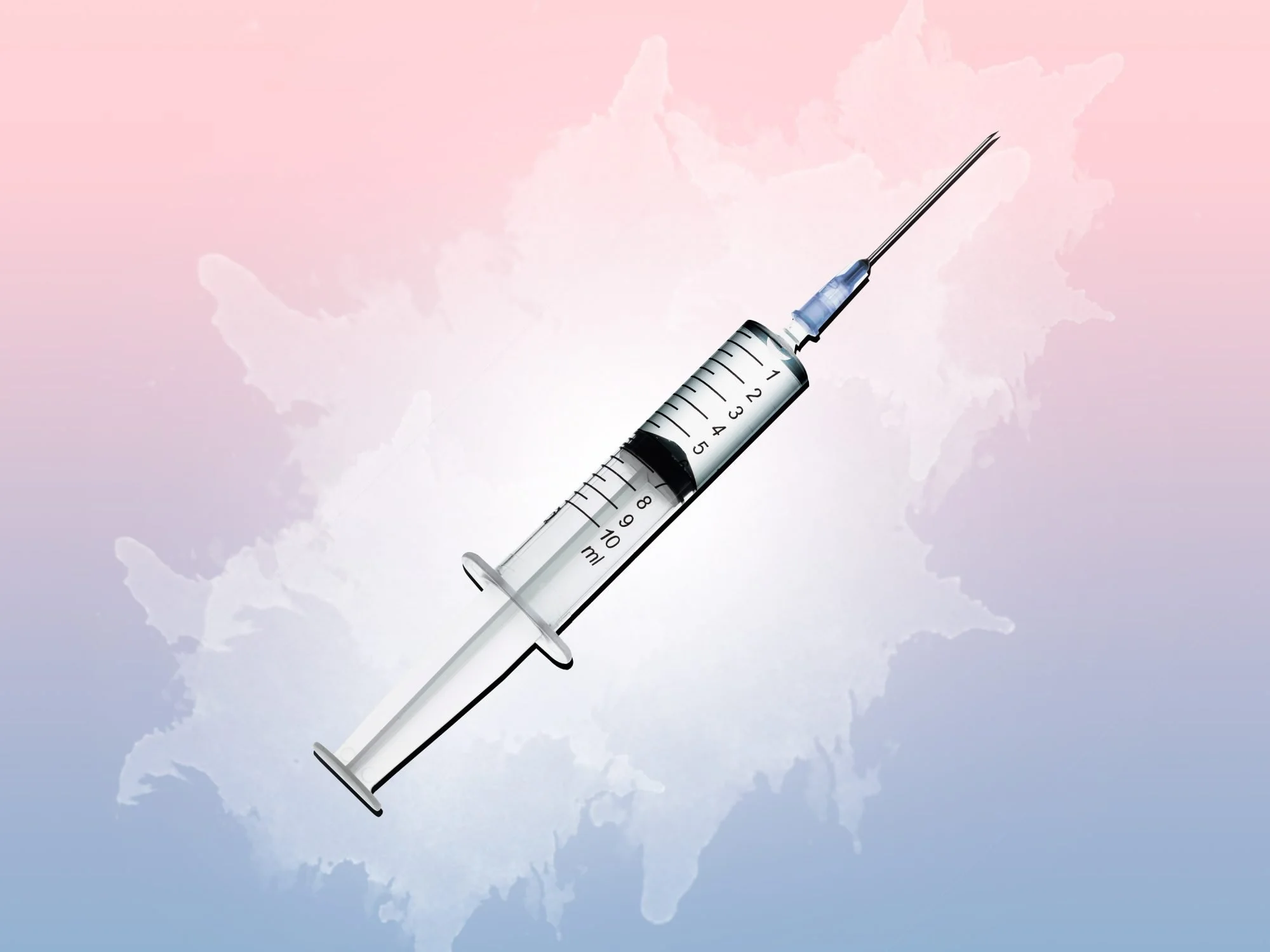

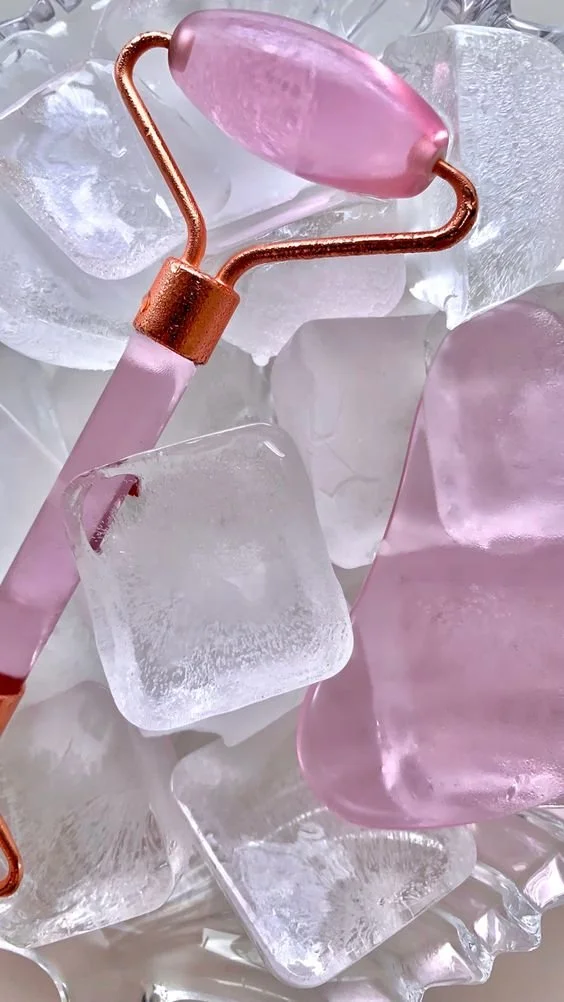


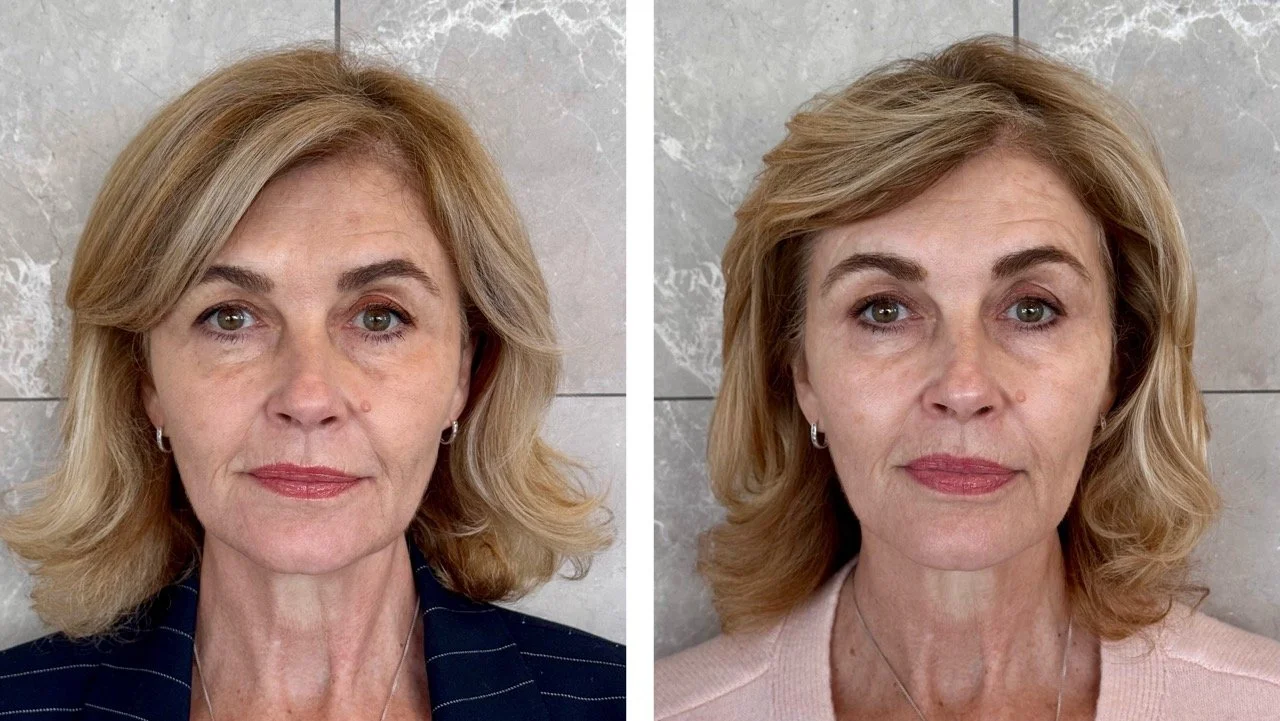

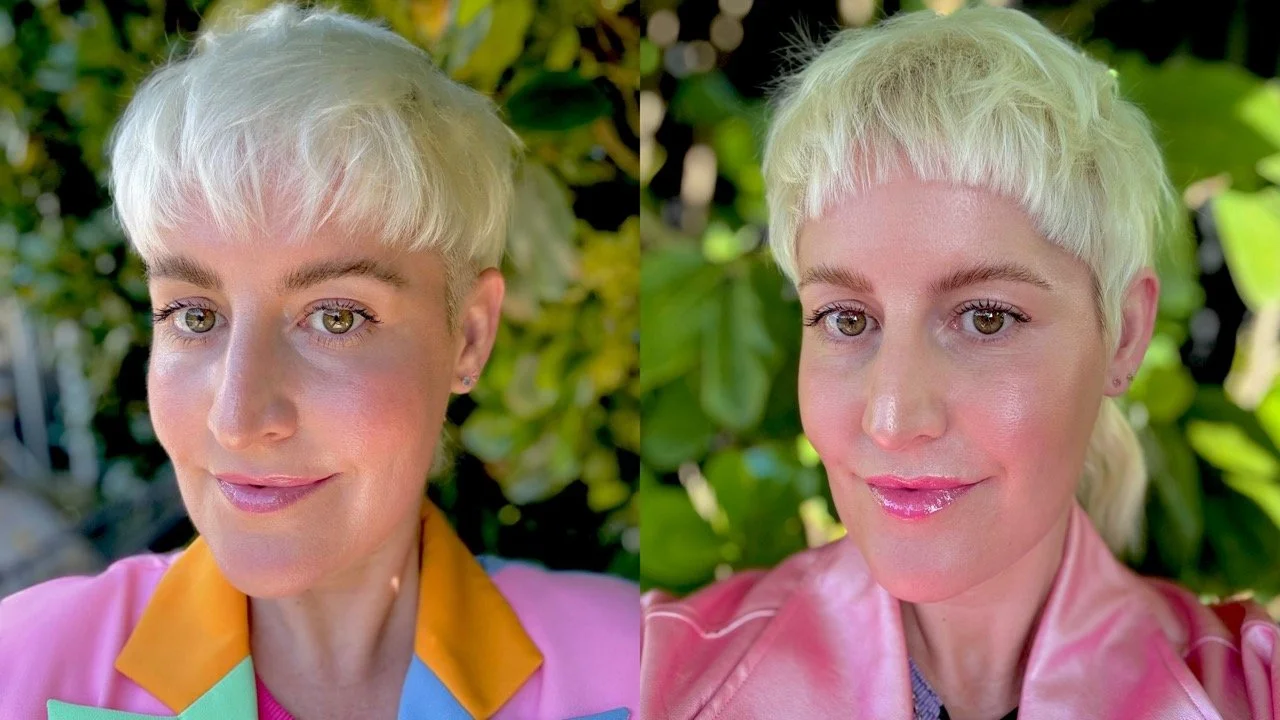

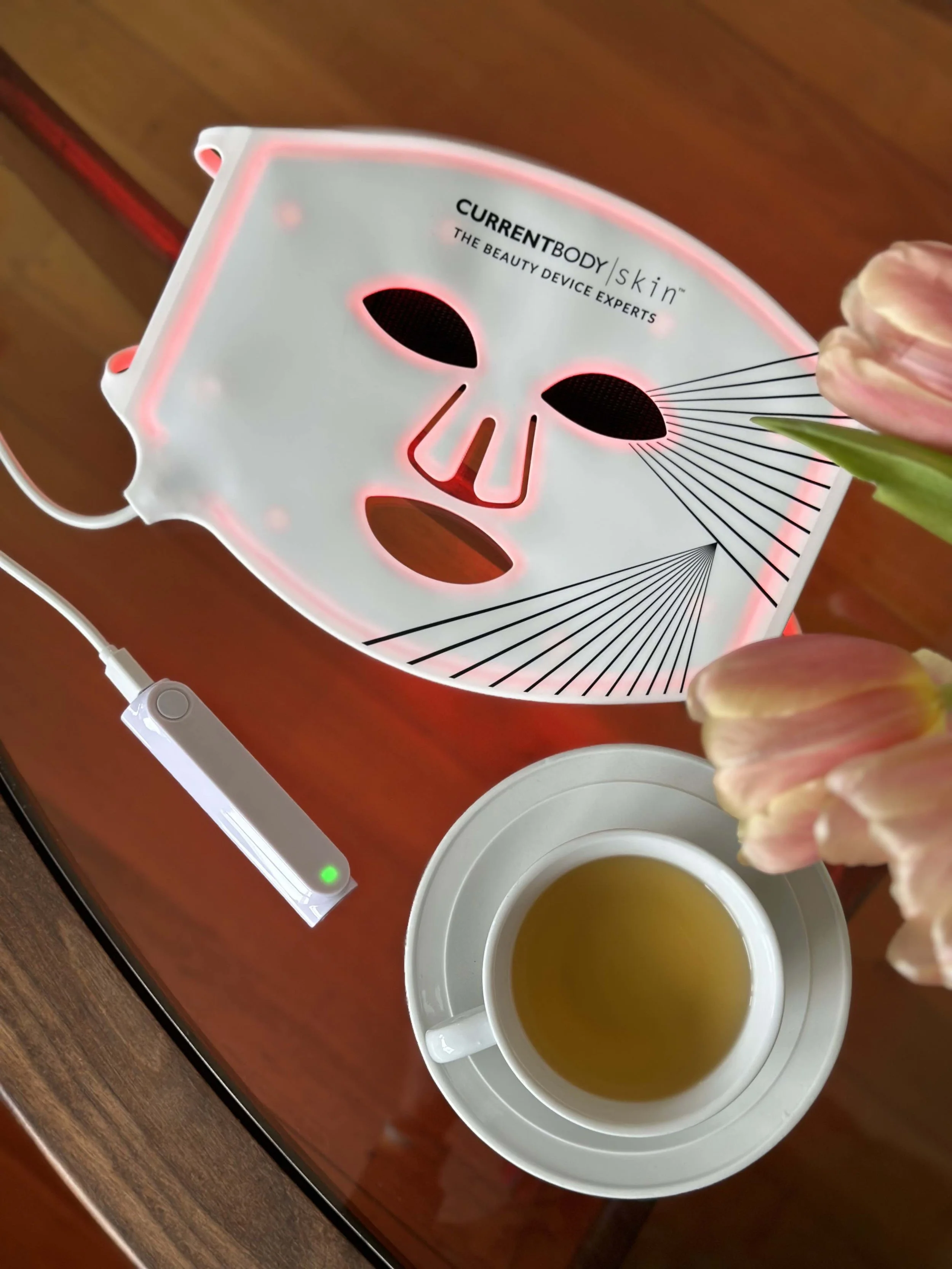


Here is expert advice.